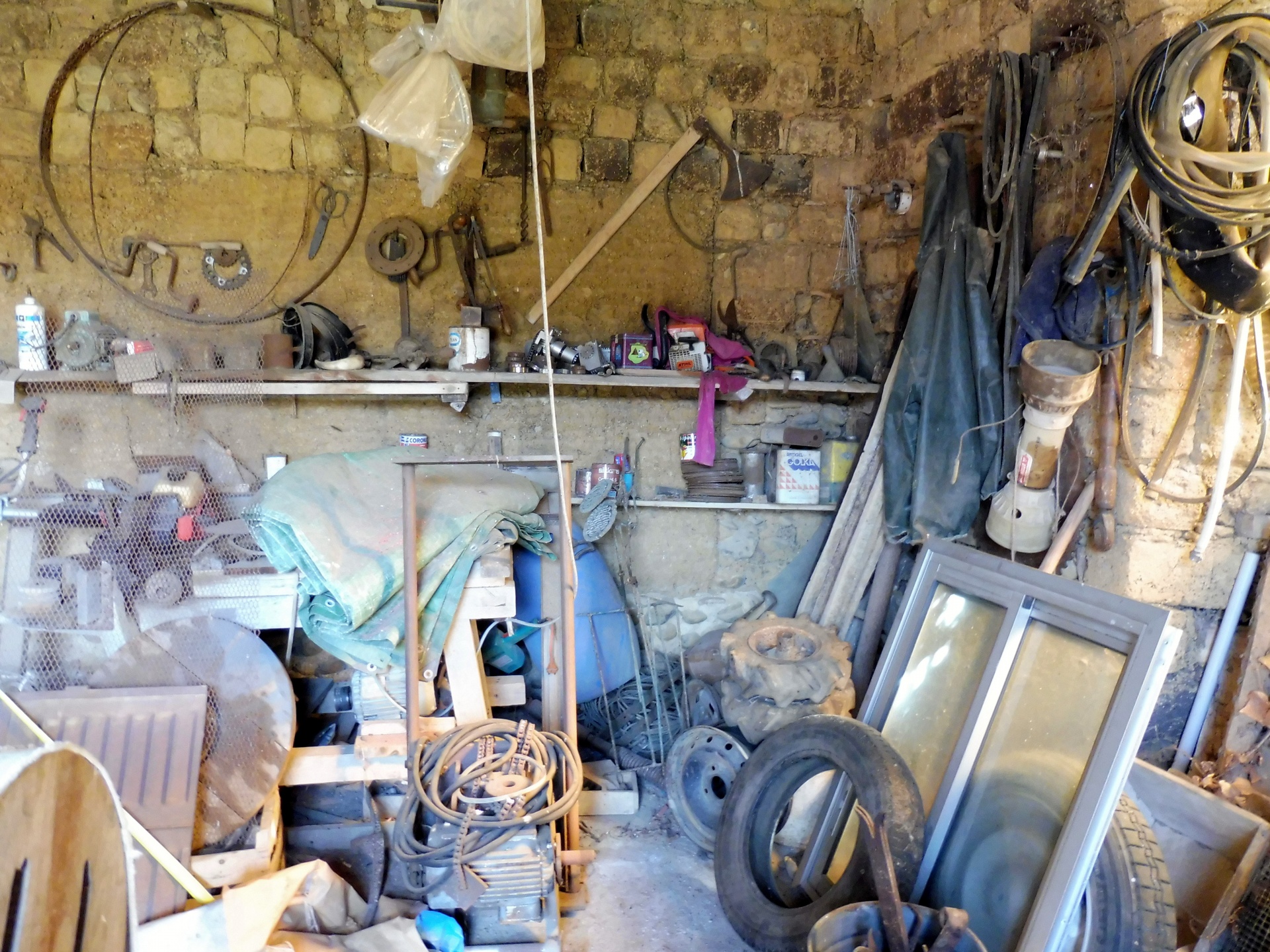Ever dreamt of uncovering hidden treasures or finding lost relics? A metal detector might just be your perfect adventure buddy. Whether you’re a seasoned treasure hunter or a curious newbie, the right metal detector can make all the difference in your quest for buried gems.
Picking the best metal detector can be overwhelming with so many options available. From beginners looking for user-friendly models to experts needing advanced features, there’s a perfect fit for everyone. Let’s dive into what makes a metal detector stand out and help you find the best one for your treasure-hunting needs.
Understanding Metal Detectors
How Metal Detectors Work
Metal detectors use electromagnetic fields to find metallic objects. They emit a magnetic field from the coil into the ground. When it hits a metal object, it creates an electromagnetic field around the object. The detector senses this field, signaling with a sound or visual display. This process identifies the presence of metal below the surface.

- VLF (Very Low Frequency) Detectors
VLF detectors are the most common. They use two coils, one to send and one to receive signals. They’re great for finding coins, jewelry, and relics. - Pulse Induction (PI) Detectors
PI detectors use a single coil to send and receive pulses. They perform well in highly mineralized soils or saltwater environments. These are ideal for beach hunting. - Multi-Frequency Detectors
Multi-frequency detectors can send multiple frequencies simultaneously. They offer versatility and depth, suitable for various terrains and conditions. - Beat-Frequency Oscillation (BFO) Detectors
BFO detectors use two oscillators to compare frequencies. They are easy to use and inexpensive, perfect for beginners.
Key Features to Look for in the Best Metal Detector
When choosing a metal detector, focus on specific features that improve performance and ease of use.
Sensitivity and Depth
Sensitivity determines a detector’s ability to find small objects. Higher sensitivity increases chances of detecting tiny or deeply buried items. Most detectors allow adjustments to balance sensitivity levels. Depth detection indicates how deep the device can locate objects underground. Higher depth capabilities are essential for finding deeply buried treasures.
Discrimination and Target Identification
Discrimination helps you differentiate between valuable objects and trash. It filters out unwanted metals, saving time and effort. Detectors with good discrimination accurately identify different metal types, displaying target information on a screen. Some models provide audio signals specific to the type of metal detected.
Ground Balance
Ground balance eliminates false signals caused by mineralized soil conditions. Manual ground balance lets you adjust settings based on soil type. Automatic ground balance adjusts automatically for different terrains. This feature is vital when detecting in varied environments like beaches or heavily mineralized areas.
Top Picks for the Best Metal Detector
Selecting the right metal detector enhances your treasure-hunting success. Here’s a quick guide to the best metal detectors suited for different users and needs.
Best for Beginners
The Garrett ACE 300 is ideal for first-time users. It offers easy-to-use features, like preset search modes. Beginners love its lightweight design and budget-friendly price. The ACE 300 includes a digital target ID, making it simple to identify objects.
Best for Professionals
Professionals prefer the Minelab CTX 3030. It has advanced features like GPS mapping and wireless audio. The CTX 3030 can find metals at significant depths. Its waterproof capability allows use in any environment. With customizable settings, it suits any experienced user’s needs.
Best for Gold Detection
The Fisher Gold Bug Pro excels in finding gold. It’s sensitive to small gold nuggets. With excellent ground balance, it works well in mineralized soils. The digital target readout aids in identifying valuable targets. Lightweight and durable, it’s perfect for gold prospectors.
Considerations for Different Environments
Different environments pose unique challenges for metal detecting. Knowing the specifics of each environment helps you get better results.
Metal Detecting on Beaches
Saltwater beaches can interfere with metal detectors. Opt for a pulse induction (PI) or multi-frequency detector. These handle mineralization well, reducing false signals. Ensure watertight seals for underwater searches. High tide leaves fresh deposits, increasing your chances of finds.
Metal Detecting in Parks
Parks are common locations for lost items. Choose a very low frequency (VLF) detector for better discrimination. This helps you distinguish trash from treasure. Look for features like target identification to save time. Lightweight detectors are beneficial for longer sessions. Be mindful of local regulations to avoid fines.
« Discover the Amazing Benefits of Keyboard Wrist Rests: Say Goodbye to Wrist Pain Forever
Discover the Top 10 Best Cat Foods: Expert-Approved Choices for Your Feline Friend »
Remember, selecting the right detector depends on where you’ll use it the most. Different environments require specific features for effective searching.
Conclusion
Choosing the best metal detector can feel overwhelming with so many options available. By understanding your needs and considering factors like sensitivity, depth, and specific environments, you’ll be well on your way to successful treasure hunting. Whether you’re a beginner or a professional, there’s a perfect detector out there for you. Happy hunting!









